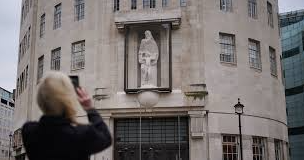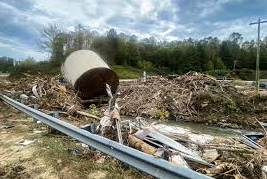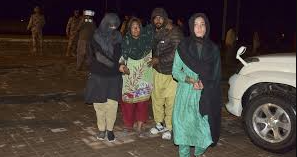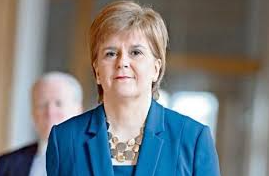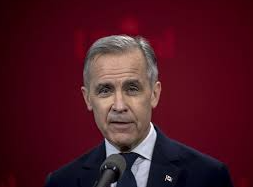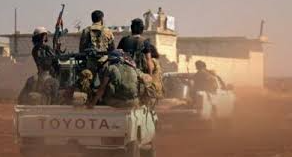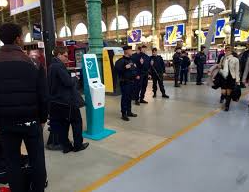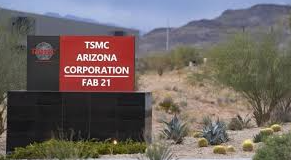
Turbulence on the Ground as Key Weather Experts Are Laid Off and Reinstated
For years, Josh Ripp has faced extreme weather as an engineer flying into hurricanes for the US government. However, the last few weeks have proven to be even more turbulent for him and his colleagues.
In late February, the Trump administration dismissed over 800 recently hired or promoted employees from the National Oceanic and Atmospheric Administration (NOAA), including members of the elite Hurricane Hunters flight team. The layoffs were executed via a mass email as part of broader cost-cutting measures.
Ripp, a retired US Navy officer and Trump supporter, was among those abruptly let go. But on Friday evening, he received another email instructing him to return to work in Lakeland, Florida, by 12 March. The chaotic process has raised concerns about the impact of sweeping government cuts overseen by Elon Musk’s Department of Government Efficiency.
According to reports, additional NOAA job losses—potentially exceeding 1,000 staff members—are under consideration. Experts warn that such reductions could severely disrupt weather forecasting, affecting everything from hurricane tracking to daily weather predictions relied upon by millions of Americans.
Meteorologists caution that NOAA’s work is critical not only for public safety but also for aviation, retail, shipping, and disaster response. Already, some weather services, such as balloon launches in Alaska that provide crucial forecasting data, have been scaled back.
Despite concerns, the White House has maintained that the layoffs were carefully planned to avoid compromising essential functions. However, many in the scientific community fear the long-term consequences.
Ripp, still uncertain about his future, expressed frustration with how the cuts were handled. “We operate efficiently and provide vital information at minimal cost. If the government is looking to save money, NOAA is not the place to cut.”


